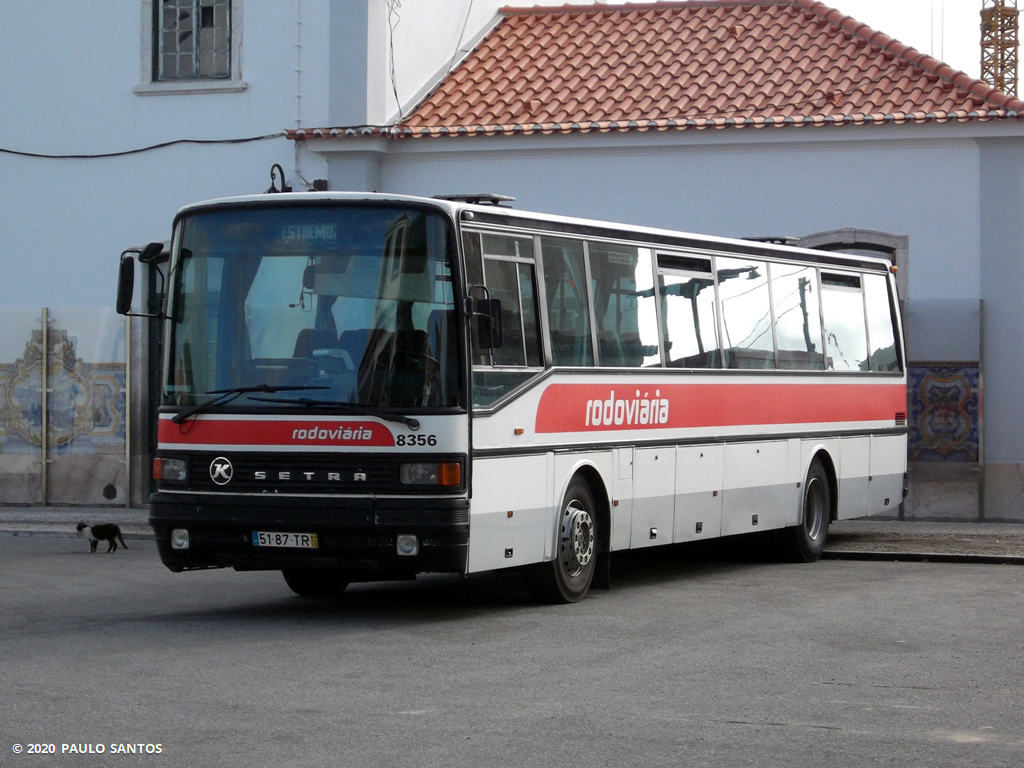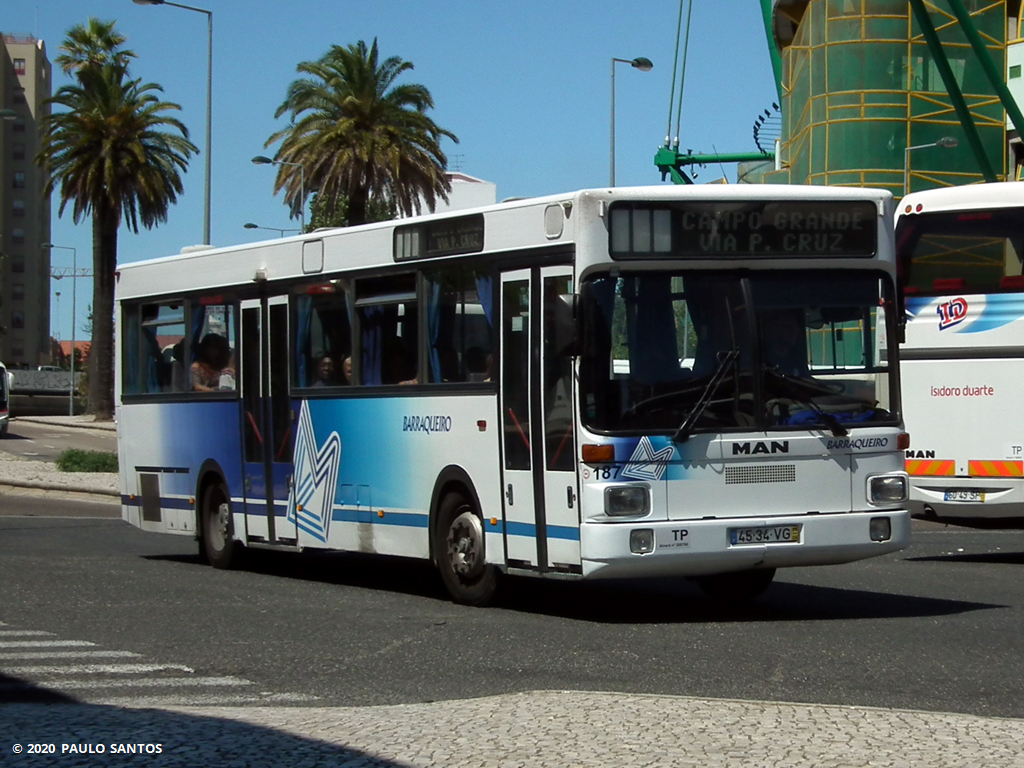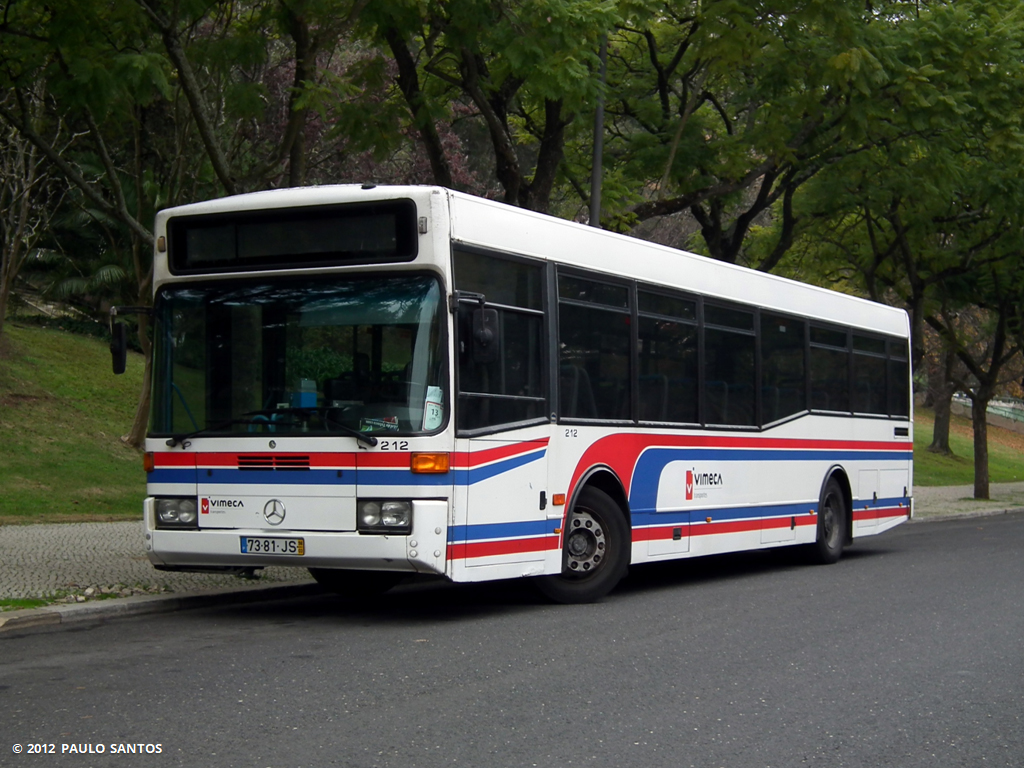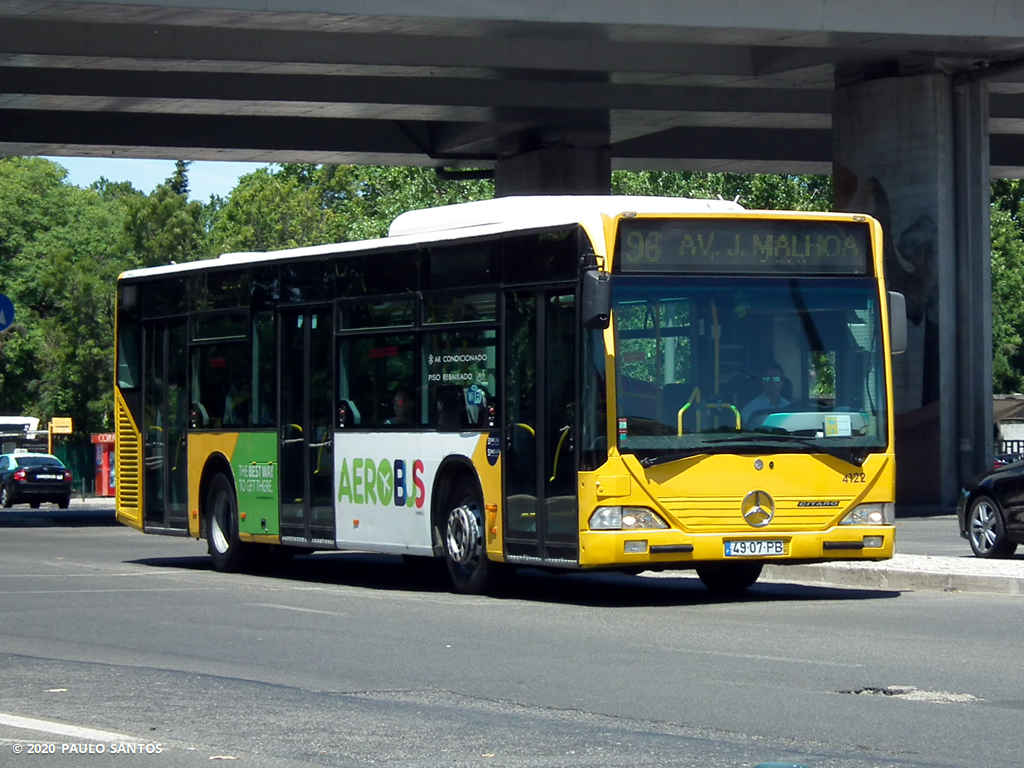Esperança

Nestas duas últimas semanas, alguns leitores mais jovens têm-me perguntado se é aconselhável continuar a tirar fotos de veículos de transporte durante a pandemia do COVID-19. A minha resposta é – e isto é estritamente uma opinião pessoal – não . Não vão aos terminais de transporte, a menos que precisem. Por razões fora do nosso controlo, estes lugares não são seguros – e estes não são tempos felizes. Os profissionais de media já estão em campo a tirar todas as fotos necessárias para lembrar esta triste ocasião. A vossa presença é um risco desnecessário. Especialmente para os leitores mais jovens, se não têm nada para fazer, fiquem em casa. Aproveitem a oportunidade para verificar e organizar as vossas fotos e anotações ou colecções. Permaneçam em contacto com aqueles que amam e estimam. Leiam um livro. Se for da vossa natureza, tentem ajudar alguns vizinhos mais velhos verificando as suas condições, fazendo-lhes recados se necessário e possível. Ou ofereçam algumas palavras de






